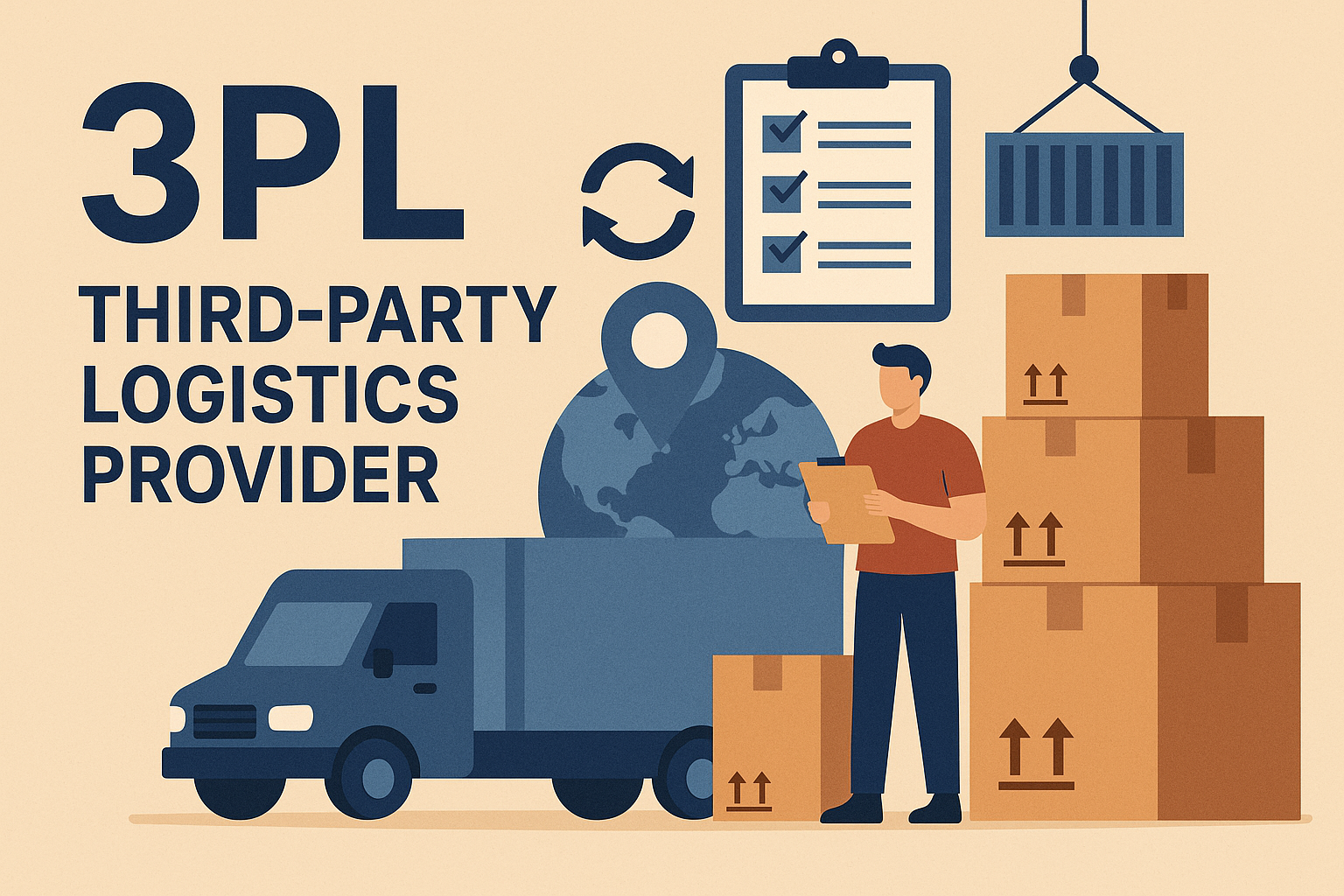What’s a Pallet, and Why Should You Care?
What's a Pallet, and Why Should You Care?

If you’re involved in shipping or logistics, or even if you’re just curious, you’ve probably heard the term “pallet” thrown around a lot. So what is it, and why is it such a big deal?
A pallet is basically a flat platform (usually wood or plastic) that goods are stacked on for easy handling with a forklift or pallet jack. Think of it as the foundation for moving stuff in bulk, whether it’s in a warehouse, on a truck, or at a distribution center.
The Standard Pallet Size
There are a few different pallet sizes out there, but the 48” x 40” pallet is by far the most common one in the U.S. and Canada. Because it’s the go-to size, a lot of planning and pricing in the freight world is based around it.
Estimating Trailer Space: Easy Math
One practical thing about using standard pallets is that they help estimate how much space your shipment will take up in a trailer. Here’s a quick rule of thumb:
- 1 pallet = about 2 feet of trailer space
- So 2 pallets = 4 feet, 3 pallets = 6 feet… you get the idea.
It’s a simple way to figure out how many feet of a trailer your load will need.
How Many Pallets Fit on a 53' Trailer?
It depends how the pallets are loaded:
- If you load them straight in (with the 48-inch side facing forward), you can usually fit 26 pallets on a standard 53-foot trailer.
- But if you're using 4-way pallets and have a skilled forklift driver, you can turn them so the 40-inch side faces forward, and squeeze in up to 30 pallets—as long as everything is within weight limits.
What About Weight?
Most dry van trailers with tandem axles are rated to carry about 44,000 lbs of cargo. That’s a safe estimate most people use when planning loads (though it can vary based on the truck, fuel, and other variables).
So if you can fit 26 standard pallets and have a 44,000 lb weight limit, that breaks down to around 1,600–1,700 lbs per pallet, including the pallet itself. If your carrier offers per-pallet pricing, this is usually what they’re basing it on—unless they’re using smaller trucks, in which case the weight limits will be lower.
Why Pallets Matter
Pallets make life easier—for shippers, carriers, and warehouse crews. They help:
- Protect your goods during shipping
- Make loading and unloading safer and faster
- Ensure that your shipment can be handled with standard equipment like forklifts and pallet jacks
In fact, most commercial carriers won’t even accept freight that isn’t palletized or crated in a way that can be safely moved with a tow motor.
Bottom line:
If you’re shipping anything in bulk, get to know the 48x40 pallet. It’s the unsung hero of freight shipping, and knowing how it works can help you save time, space, and money.




